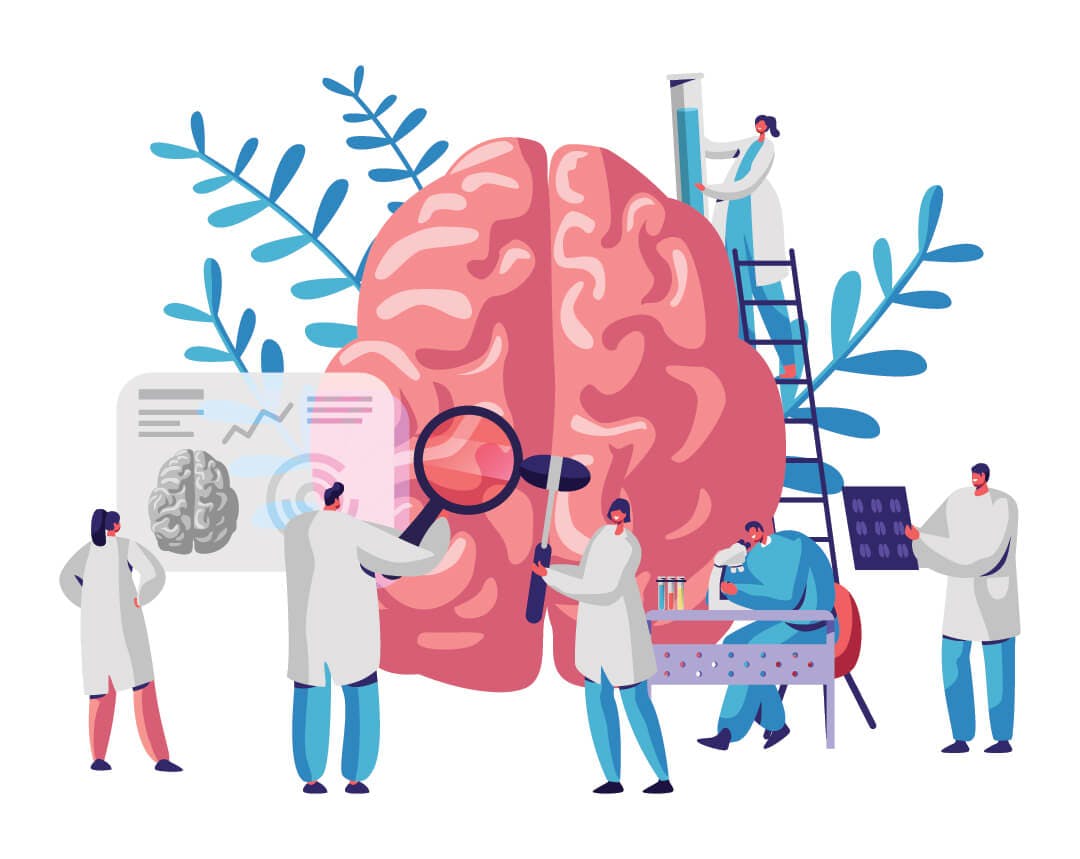Introduction
While significant progress has been made in creating accessible solutions for individuals with physical disabilities, there is an undeniable gap when it comes to cognitive accessibility. This article delves into the challenges faced by people with cognitive disabilities and the insufficient accessibility guidelines that often leave them behind.
Understanding Cognitive Disabilities
Cognitive disabilities are a diverse group of conditions that affect a person's ability to think, remember, learn, and communicate. These disabilities can be present from birth or acquired due to injury or illness. Some common cognitive disabilities include autism spectrum disorders, Down syndrome, traumatic brain injuries, and various learning disabilities. Each individual's experience with a cognitive disability is unique, making it challenging to create one-size-fits-all accessibility solutions.
The Accessibility Gap
Cognitive disabilities can impact an individual's ability to interact with and comprehend digital content and environments, including websites, applications, and software. This presents several challenges, including:
-
Complex Navigation: Many digital platforms and websites are designed with complex navigation structures, making it difficult for individuals with cognitive disabilities to find the information they need.
-
Information Overload: Cognitive disabilities can result in difficulties processing large amounts of information or complex language. Websites with excessive text, cluttered layouts, or unclear communication may become overwhelming for these individuals.
-
Inadequate Time Limits: Cognitive disabilities can affect an individual's processing speed, making it challenging to meet strict time limits for tasks on websites and applications, such as completing forms or reading content.
-
Limited Symbolic Understanding: Some individuals with cognitive disabilities may struggle with abstract symbols, icons, or metaphors commonly used in user interfaces, which can hinder their understanding of digital content.
-
Consistency Issues: Inconsistent design and navigation patterns across digital platforms can be particularly confusing for individuals with cognitive disabilities, as they rely on established patterns and familiarity.
Insufficient Accessibility Guidelines
The World Wide Web Consortium (W3C) has played a crucial role in establishing web accessibility standards through its Web Content Accessibility Guidelines (WCAG). However, WCAG primarily focuses on addressing issues related to physical disabilities and overlooks many cognitive accessibility challenges. Some notable limitations in the existing guidelines include:
-
Vague Language: The guidelines often use imprecise language, making it challenging for designers and developers to understand how to cater to the needs of individuals with cognitive disabilities.
-
Lack of Specificity: While WCAG provides detailed recommendations for physical accessibility, it lacks the same level of specificity for cognitive accessibility, leaving designers uncertain about how to implement changes.
-
Complexity of Content: Many cognitive accessibility guidelines are buried within larger documents, making it difficult for stakeholders to find relevant information and prioritize cognitive accessibility.
-
Evolving Technologies: As digital technologies and platforms continue to evolve, cognitive accessibility guidelines struggle to keep pace, leading to an ongoing accessibility gap.
Closing the Cognitive Accessibility Gap
To address the cognitive accessibility gap, it is essential to develop clear and actionable guidelines that focus on the needs of individuals with cognitive disabilities. This should involve:
-
Research and Expertise: Engaging experts and researchers in cognitive accessibility is crucial for creating well-informed guidelines that consider the diverse needs of this user group.
-
Collaboration: Collaboration between organizations, developers, designers, and advocates is essential for creating comprehensive and effective cognitive accessibility standards.
-
User-Centered Design: Prioritizing user testing and feedback from individuals with cognitive disabilities in the design and development process can result in more user-friendly digital products.
-
Raising Awareness: Promoting awareness of cognitive accessibility challenges and the need for inclusive design practices can help drive change within the industry.
-
Regular Updates: Given the dynamic nature of technology, guidelines for cognitive accessibility should be regularly reviewed and updated to remain relevant and effective.
Conclusion
Addressing the cognitive accessibility gap is not only a matter of ethics and legal compliance but also a path toward a more inclusive and user-friendly digital world for everyone. By creating clearer, more comprehensive, and up-to-date cognitive accessibility guidelines, we can ensure that digital experiences are accessible to all, regardless of cognitive abilities.
